18 World-Changing Inventions In The Middle Ages (Part 2)
Dhir Acharya - Feb 06, 2019
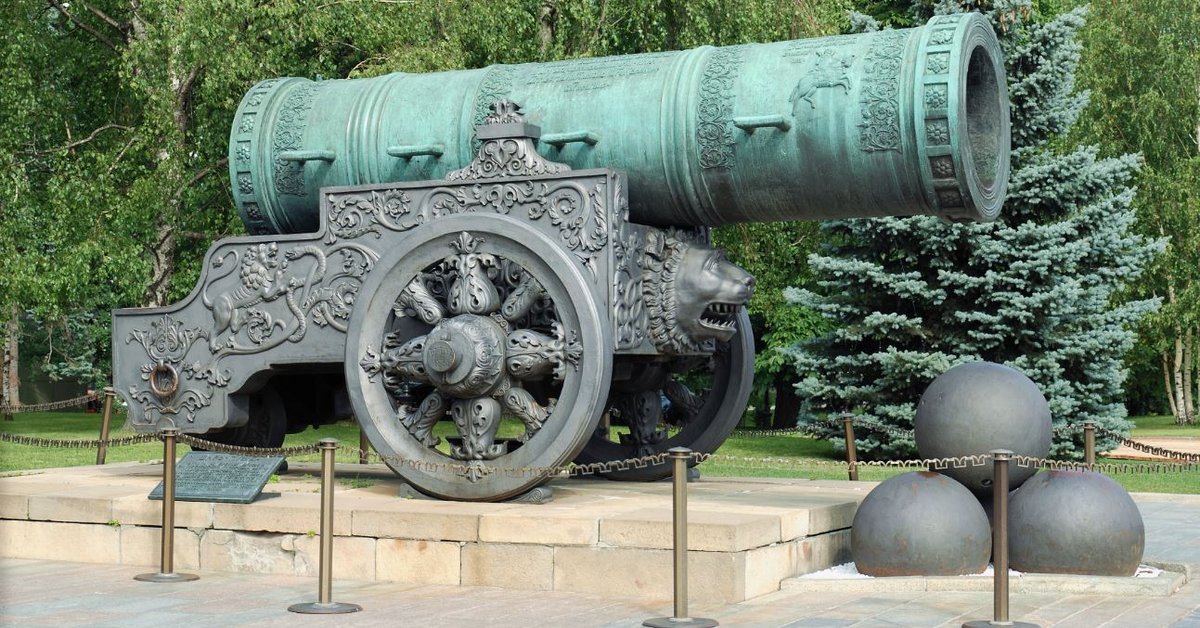
- World's First Bionic Eye To Help Blind People Restore Their Vision
- 7 Inventions To Show How Great And Talented Black People Are
- IIT-Madras Student Builds Smart Garbage Bin System
10. Wheelbarrows
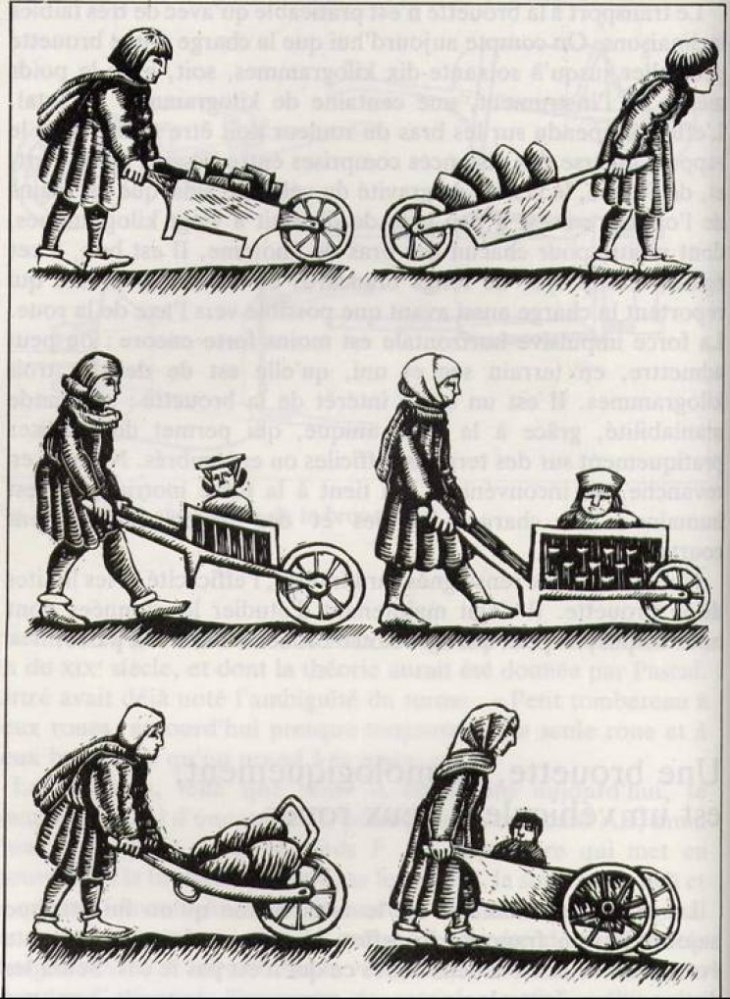
Odd as it may sound, the wheelbarrow was invented as late as the Middle Age. Though similar devices might have appeared in ancient Greece and China, its first reference appeared in Europe in the 12th century.
Its usefulness quickly showed, but it was not until the 15th century that the wheelbarrow indeed became widely used in mining, construction, and all other fields.
11. Flying buttresses
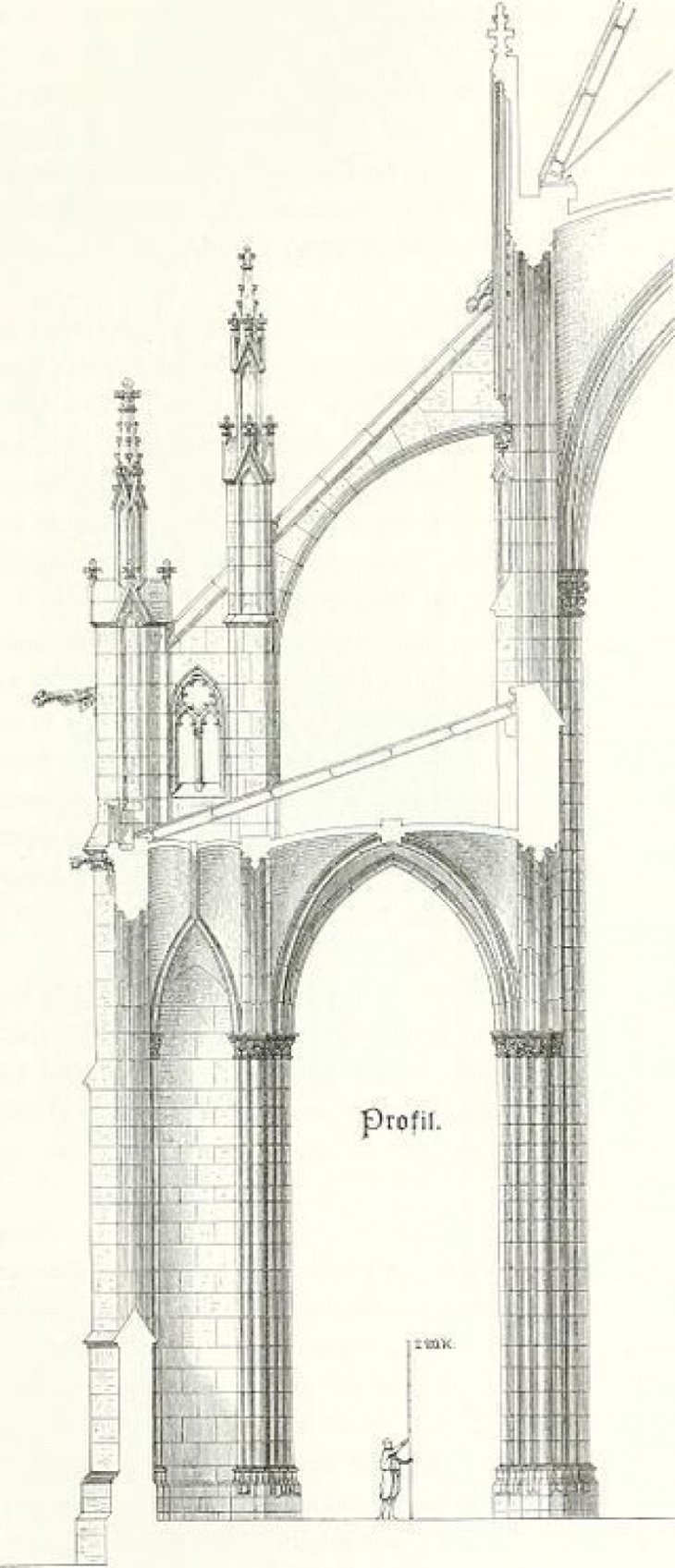
Made its first appearance in the 12th century, flying buttresses were used in Gothic churches and has become an iconic feature for the Middle Age architecture. Today, this architectural feature still wows everyone.
Not only beautiful but the flying buttress also let us build much taller buildings than we could imagine, along with thinner walls, higher ceilings, and much larger windows. This is possible because this form of buttress supported building with a lot more power in comparison to the traditional one.
12. Spinning wheels
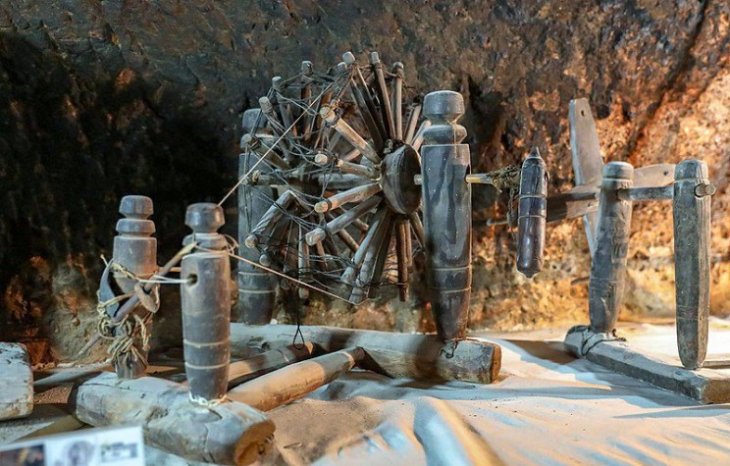
It looks like the spinning wheel originated from India, during the period from the 5th to 10th century AD. Owing to the silk road, this invention finally came to Europe in the Middle Ages.
The traditional hand spinning method was quickly replaced with the innovated devices in the Industrial Revolution such as the Spinning Jenny or the spinning frame.
So, spinning wheels turn out to have joined in laying the foundation for our modern world.
13. Tidal Mills
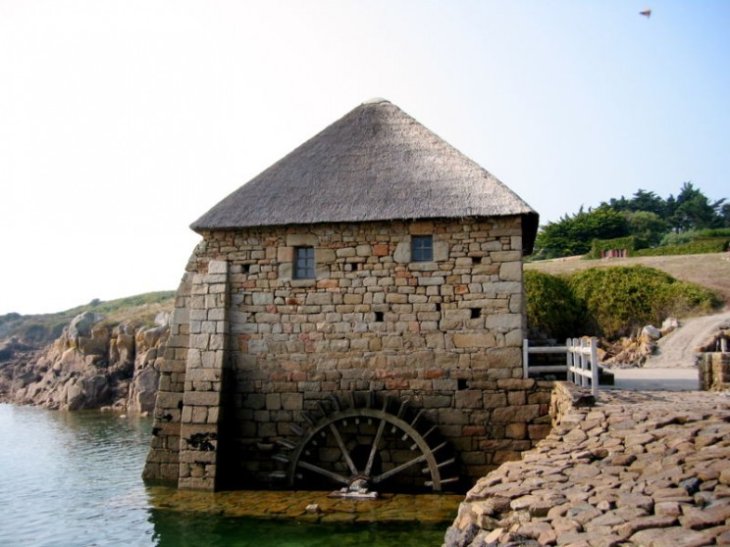
Windmills and watermills may have appeared in ancient time, yet tidal mills are likely to be an innovation in the Medieval.
According to recent research, tidal mills might have first appeared in Ireland, back in the 6th century, which was also used in Roman London. However, this is only speculation.
Today, we can still spot some tidal mills, for example, the mill at Kiloteran, close to Waterford, EIRE, with a vertical wheel. The Doomsday book (1086) even referred to this invention.
14. Pintle-and-gudgeon Stern-Mounted Rudders
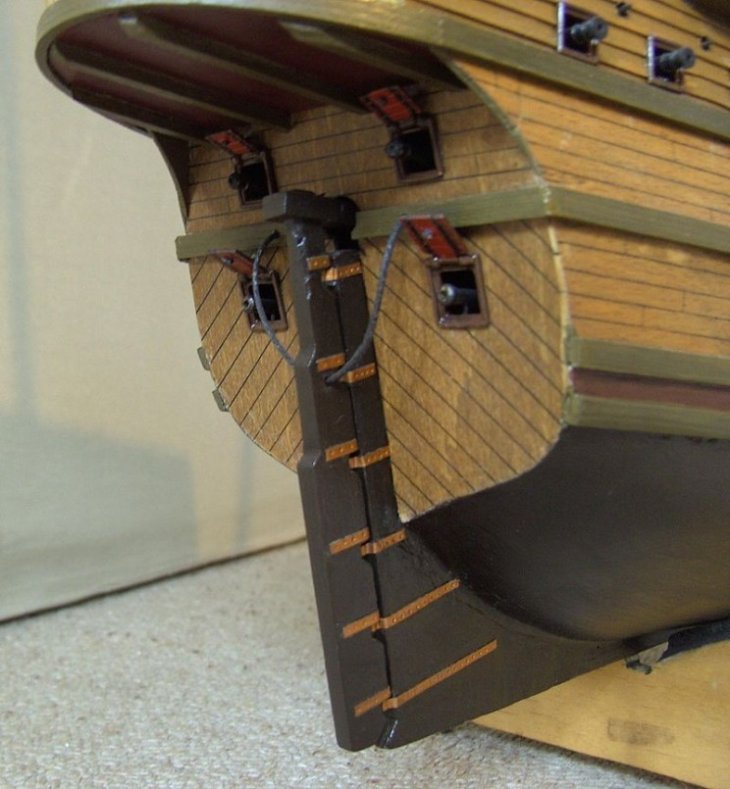
This is a critical invention from the Middle Age. Before that, sailors used to change direction for a boat using oars or quarter rudders.
The device was a success and widely used till the Middle Ages ended. The first images to record these stern-mounted rudders were in the 12th century.
In the 14th century when ships became popular, the Pintle-and-gudgeon Stern-Mounted Rudders had the chance to actually prove its usefulness. With this type of rudders, the European had a new tool to efficiently navigate the ocean.
15. Eyeglasses
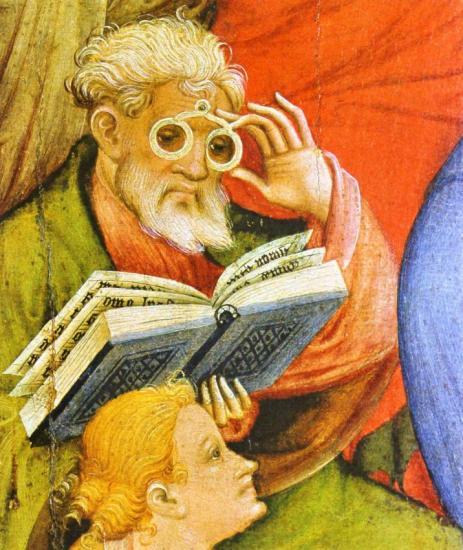
The first definition of eyeglasses came dated back to the 13th century. It is likely that the Italian developed this invention, by one Alessandro di Spina of Florence.
In the late 13th century, Giordana da Pisa, a Dominican Friar, delivered a sermon which supported this speculation. There he said it was less than twenty years since the appearance of eyeglasses making art, helping good vision.
Accordingly, the invention of eyeglasses really improved life quality for a lot of people with poor eyesight.
16. Treadmill cranes
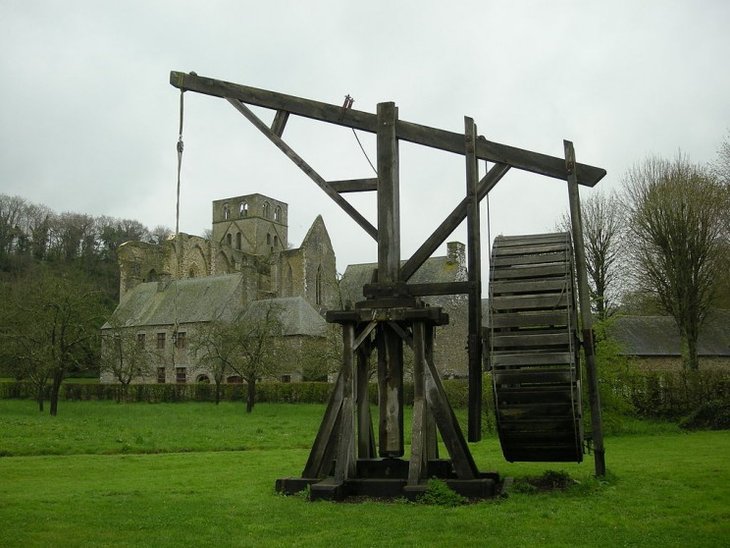
Treadmills often appeared in the Middle Age paintings and images during buildings were being constructed, like cathedrals and castles.
They were invented to hoist and lower things, which were simply wooden, operated by hand and commonly used at that time.
Most used at mines, harbors, and constructing sites, the invention was first mentioned in several French literature documents as the Magna Roat, sometime around 1225 AD.
17. Cannons
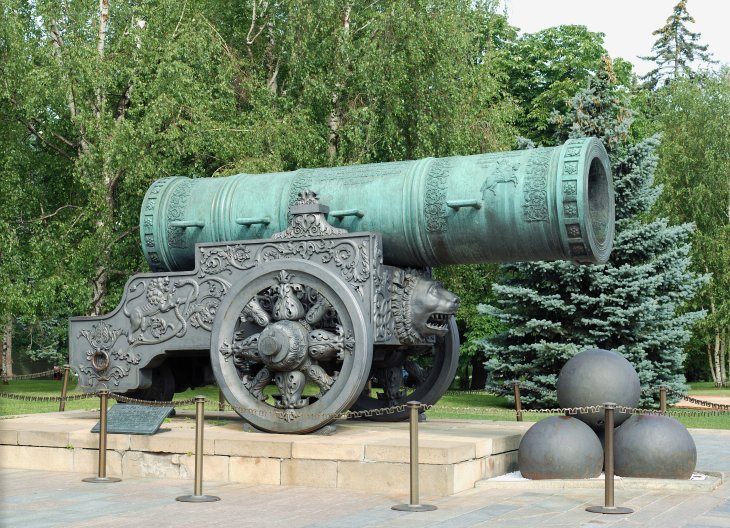
The first cannons might have appeared in China, 12th century, with the furthest know description as a sculpture back in sometime around 1128 AD in Sichuan.
Today, the oldest cannons existing cannons we can see include the Xanadu Gun, the Heilongjiang hand cannon, and the Wuwei Bronze Cannon that appeared in 1298, 1288, and 1227 AD respectively.
This technology of cannons later came to Europe, having its first use in the Battle of Crecy between England and France.
With this invention, war has changed, forever.
18. Astrolabes
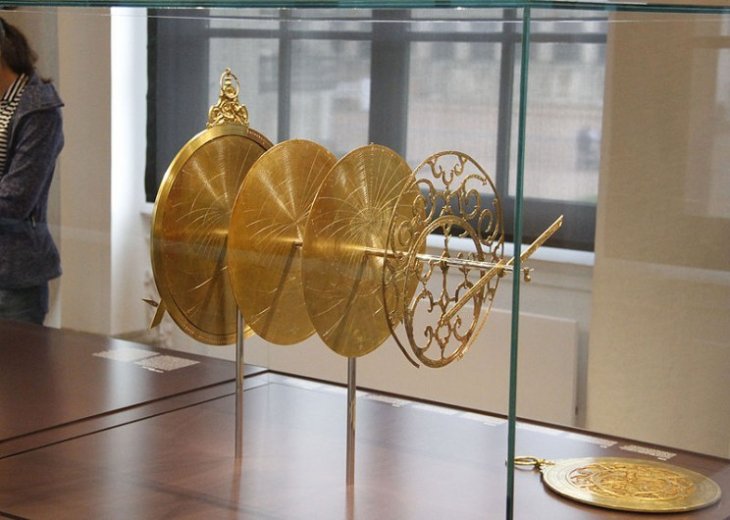
Considered as early computers, astrolabes were the inclinometers with high complexity. The invention proved useful in helping navigators, and astronomers figure out the position of a given planet.
Dated back the 5th century AD, the earlier definitive reference appeared but it was not until the Middle Ages that the device reached to its top sophistication. It also helped created mechanical clocks.
Featured Stories

Features - Jul 01, 2025
What Are The Fastest Passenger Vehicles Ever Created?

Features - Jun 25, 2025
Japan Hydrogen Breakthrough: Scientists Crack the Clean Energy Code with...

ICT News - Jun 25, 2025
AI Intimidation Tactics: CEOs Turn Flawed Technology Into Employee Fear Machine

Review - Jun 25, 2025
Windows 11 Problems: Is Microsoft's "Best" OS Actually Getting Worse?

Features - Jun 22, 2025
Telegram Founder Pavel Durov Plans to Split $14 Billion Fortune Among 106 Children

ICT News - Jun 22, 2025
Neuralink Telepathy Chip Enables Quadriplegic Rob Greiner to Control Games with...

Features - Jun 21, 2025
This Over $100 Bottle Has Nothing But Fresh Air Inside

Features - Jun 18, 2025
Best Mobile VPN Apps for Gaming 2025: Complete Guide

Features - Jun 18, 2025
A Math Formula Tells Us How Long Everything Will Live

Features - Jun 16, 2025
Comments
Sort by Newest | Popular